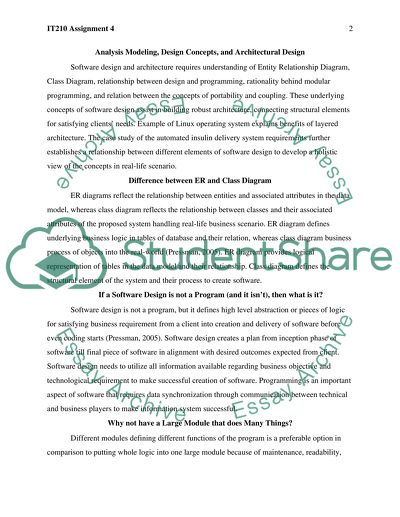Cite this document
(“Analysis modeling, Design Concepts and Architectural Design Assignment”, n.d.)
Analysis modeling, Design Concepts and Architectural Design Assignment. Retrieved from https://studentshare.org/information-technology/1606265-analysis-modeling-design-concepts-and-architectural-design
Analysis modeling, Design Concepts and Architectural Design Assignment. Retrieved from https://studentshare.org/information-technology/1606265-analysis-modeling-design-concepts-and-architectural-design
(Analysis Modeling, Design Concepts and Architectural Design Assignment)
Analysis Modeling, Design Concepts and Architectural Design Assignment. https://studentshare.org/information-technology/1606265-analysis-modeling-design-concepts-and-architectural-design.
Analysis Modeling, Design Concepts and Architectural Design Assignment. https://studentshare.org/information-technology/1606265-analysis-modeling-design-concepts-and-architectural-design.
“Analysis Modeling, Design Concepts and Architectural Design Assignment”, n.d. https://studentshare.org/information-technology/1606265-analysis-modeling-design-concepts-and-architectural-design.


